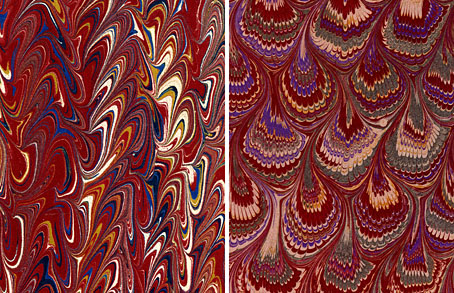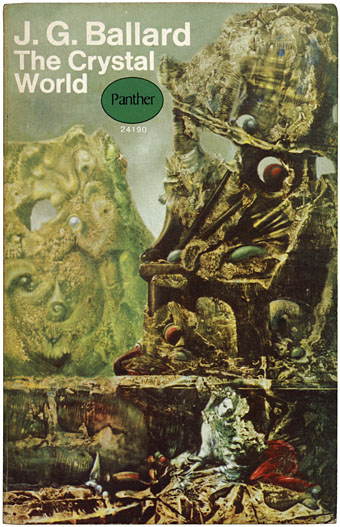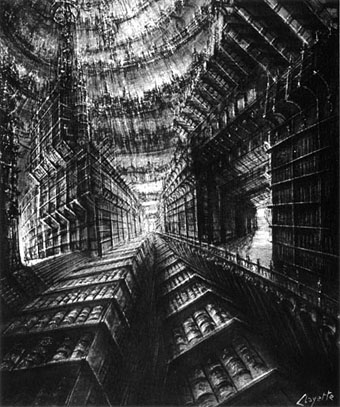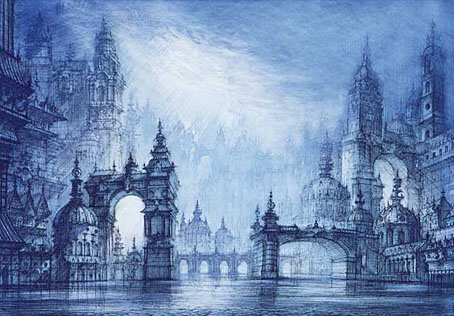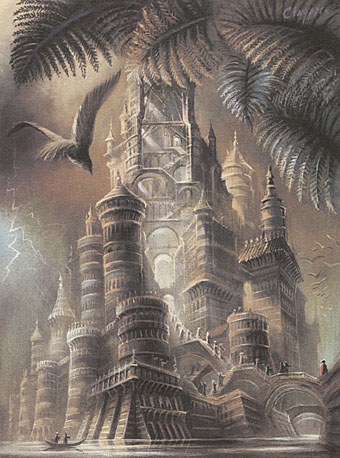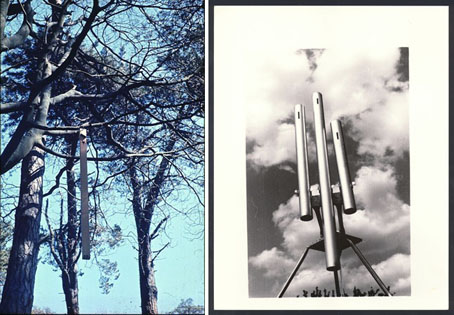left: Serpentine pattern; right: Bouquet pattern, both 19th c.
Regular readers here will have seen a number of posts recently concerning psychedelic culture, a perennial fascination/obsession of mine. One of the notable qualities of movements such as psychedelia or Surrealism is the way they highlight what seem to be previous manifestations of themselves which, until their emergence, lacked a specific label. Borges examined the literary version of this phenomenon in his 1951 essay, Kafka and His Precursors. In art and design, the vivid and chaotic appearance of psychedelic visuals cause us to class certain products of earlier centuries as psychedelic even though they were never intended as such. The Victorian era is especially rich in this regard with its proliferation of Paisley textile designs—which saw a resurgence in the 1960s—the fractal cats of artist Louis Wain, and incredible marbled papers such as these, the samples above being from a University of Washington collection. Of particular interest is the details of their creation; the look is familiar enough but one rarely sees any mention of how paper manufacturers went about designing or even making new works. I selected a red and black marbled paper for the endpapers of The Adventures of Little Lou which we produced at Savoy Books in 2007. The sheets used for that book were handmade, not printed copies, and had to be ordered from a specialist supplier in Scotland.
Via Design Observer.
Previously on { feuilleton }
• Paisley patterns
• The Adventures of Little Lou

